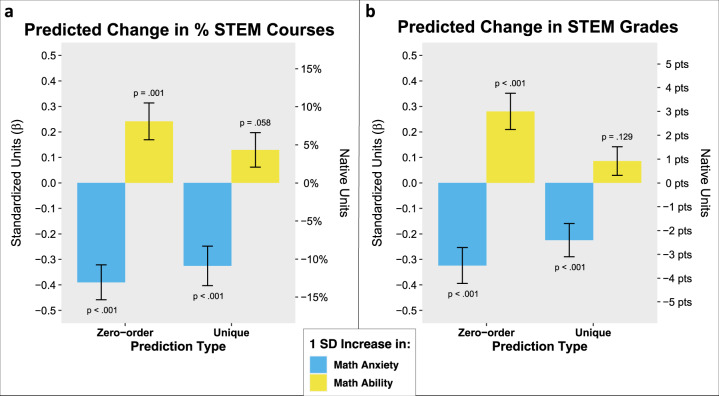Fig. 1. Zero-order and unique predictive effects of first-semester Math Anxiety and Math Ability on university STEM outcomes.
Figure a shows the change in % STEM Courses associated with a 1 SD (standard deviation) increase in Math Anxiety and Math Ability. Zero-order relations between each predictor and % STEM Courses are plotted alongside unique relations between each predictor and % STEM Courses predicted by a multiple regression model including the following measures as predictors: Math Anxiety, Math Ability, STEM Grades, Trait Anxiety, Verbal Working Memory, Gender, non-STEM Grades, and Semesters Absent. Figure b is the same as Fig. a but displays the change in STEM Grades (in points out of 100) associated with a 1 SD increase in Math Anxiety and Math Ability as the dependent variable. The multiple regression model that generated the unique predictions included the same measures as predictors as that of Fig. a, but substituted % STEM Courses for STEM Grades. In both figures, the left y-axis shows the DV in standardized units, which corresponds to standardized β coefficients. The right y-axis shows the DV in the native units of each measure. Error bars reflect standard errors.

